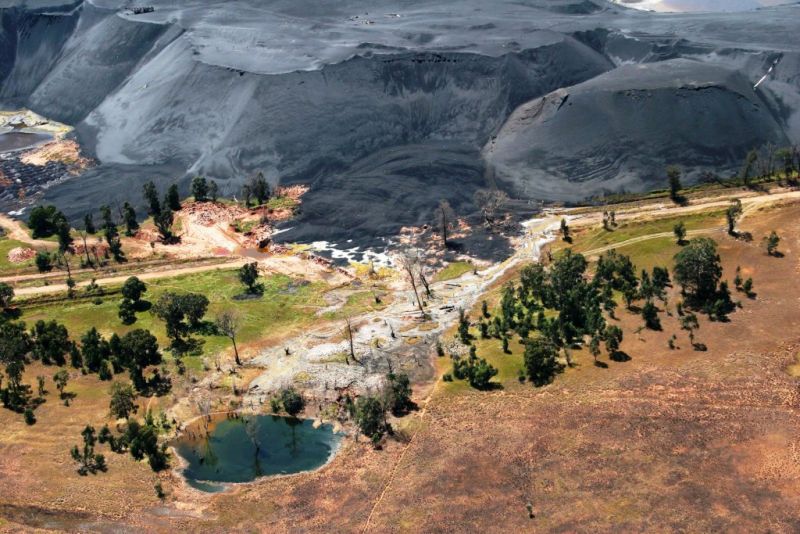UCT's Mine Wastewater Solution Could Also Aid Desalination
Published on by Water Network Research, Official research team of The Water Network in Academic
The freezing technique developed to separate diluted salts from water is about to start producing 500,000 litres of drinkable water a day at a Mpumalanga coal mine, South Africa.

Photo by Mpumalanga Tourism & Parks Agency.
Seventeen years of work aimed at purifying mine wastewater could start paying off close to home for the University of Cape Town.
And it could also be used to treat the brine produced by water desalination‚ which is being considered as a short-term solution to Cape Town’s water shortage.
“One of the biggest drawbacks of desalination as a solution for Cape Town’s water crisis is what to do with the hypersaline brines that will be produced. This offers a potential solution‚” said Alison Lewis‚ UCT’s dean of engineering.
Lewis started studying industrial crystallisation at UCT in 2000 and collaborated with Dutch scientists investigating eutectic freeze crystallisation. “Eutectic” refers to a mixture of substances that melts or freezes at a single temperature.
Said Lewis: “A briny solution is cooled to its eutectic temperature‚ which causes the water in the mixture to crystallise as ice‚ which floats‚ and the salts to crystallise out as solids‚ which sink.
“With the increasing use of water recycling‚ the result has been an increased generation of inorganic brines and concentrates. Eutectic freeze crystallisation offers a novel‚ sustainable method for treating (them). Pure water and pure individual salts can be recovered‚ thereby making a significant leap towards achieving zero effluent discharge.”
The first full-scale working unit will soon be operating at Glencore’s Tweefontein colliery in Mpumalanga. It has been built with the input of postgraduate UCT chemical engineering students‚ 40% of whom have devoted their theses to freeze crystallisation in the last decade.
Researchers are acting as expert advisers‚ rather than trying to cash in. Jemitias Chivavava‚ chief scientific officer of UCT’s crystallisation and precipitation research unit‚ said: “We have approached this from a knowledge and human capacity development perspective with a view to produce personnel who are well versed with this technology such that they can develop it further.”
The Tweefontein unit‚ which consists of scaffolding and several three-storey metal tanks‚ has been built by water treatment company Prentec. Managing director Peter Gunther said the technique would become a standard way of recovering valuable materials from waste.
Prentec technical adviser Adrian Viljoen said: “Many crystallisation applications typically undertaken with evaporative crystallisation will in future be carried out using freeze crystallisation.
“This is because of its low capital cost‚ energy efficiency and ease of operation. Examples would be for sodium sulphate recovery in minerals processing‚ metallurgy and papermaking. Heat sensitive crystallisation could also be used in the pharmaceutical business‚ and in salt production.”
Freeze crystallisation also eliminates the need for coal mines’ evaporation ponds‚ which require a large area of land and can cost R100-million to build. “The lifespan for such ponds is only about five years and the risk of leaks into the surrounding soil is a danger‚” said Gunther.
Read full article: Times Live
Media
Taxonomy
- Filtration
- Filtration Solutions
- Research
- Filtration
- Mine Water Management
- Desalination
- Desalination Pre-treatment
- Water Management
- Mine Drainage
- Desalination